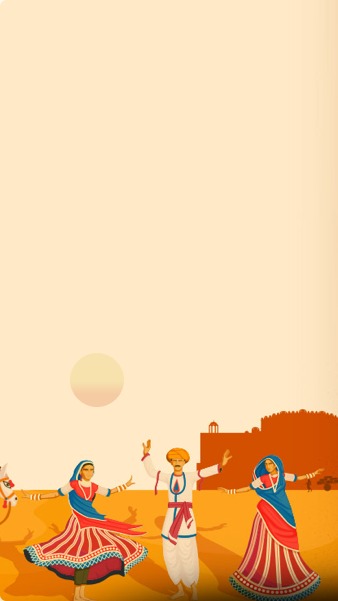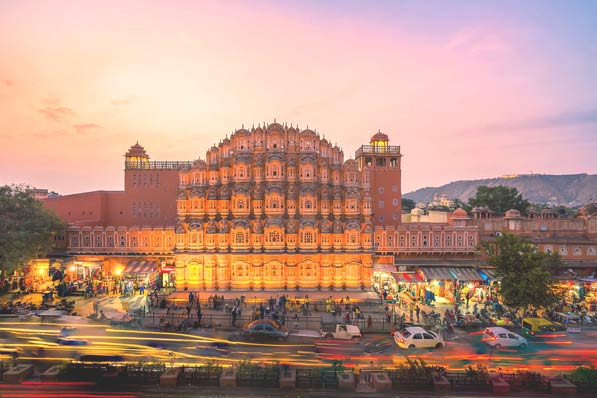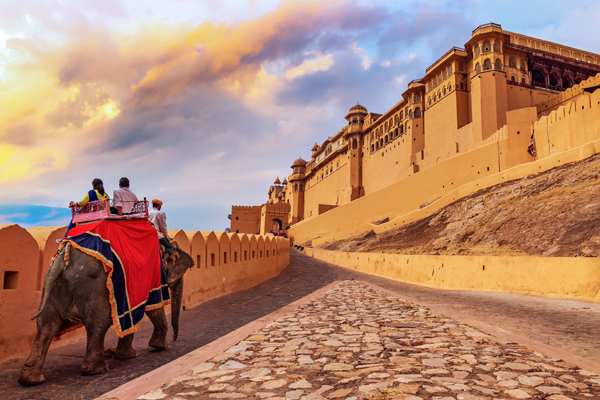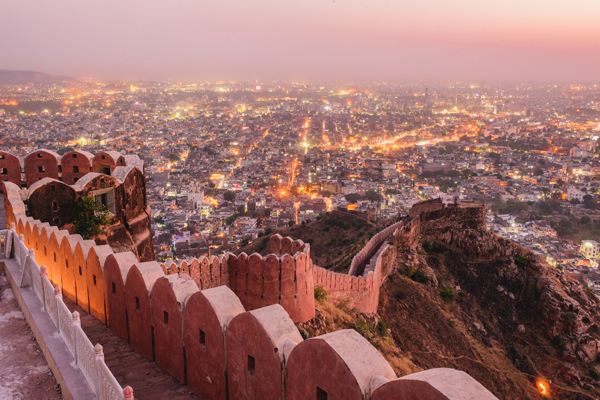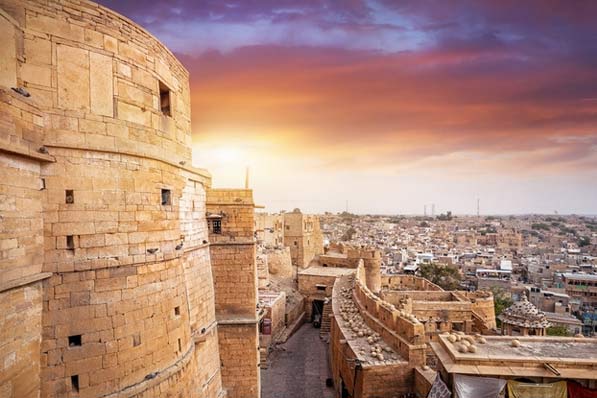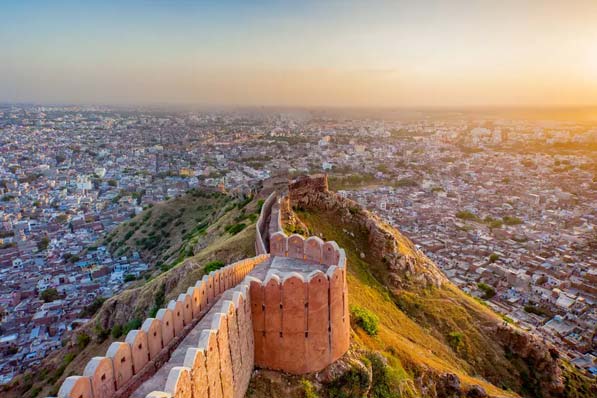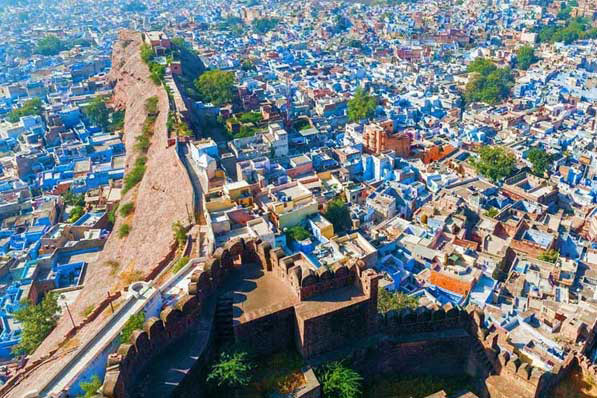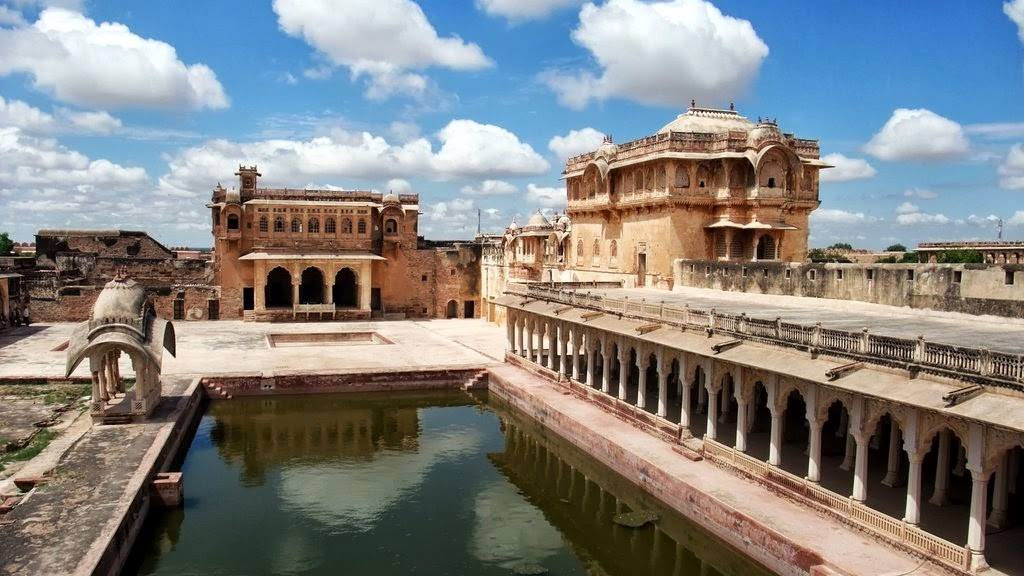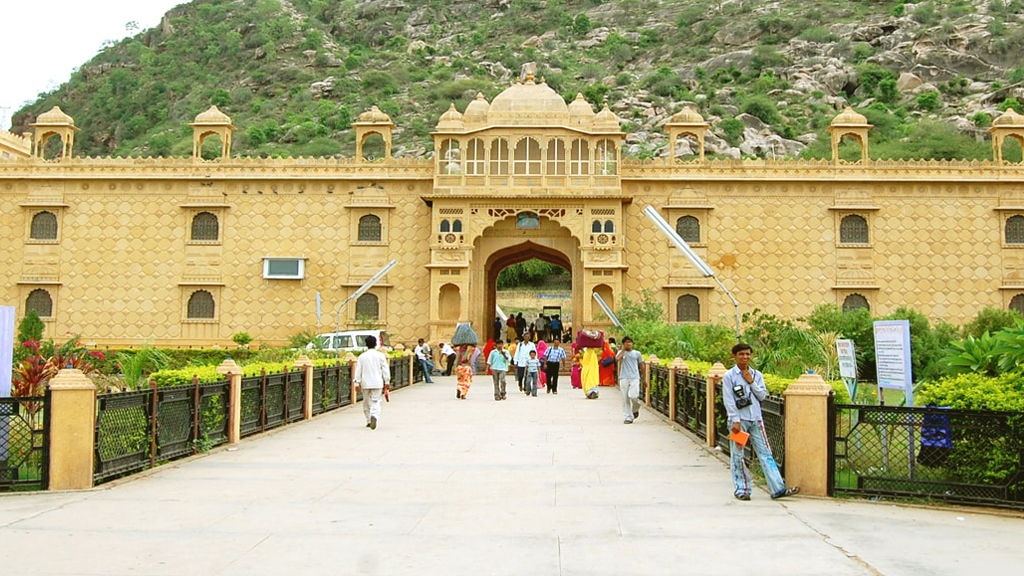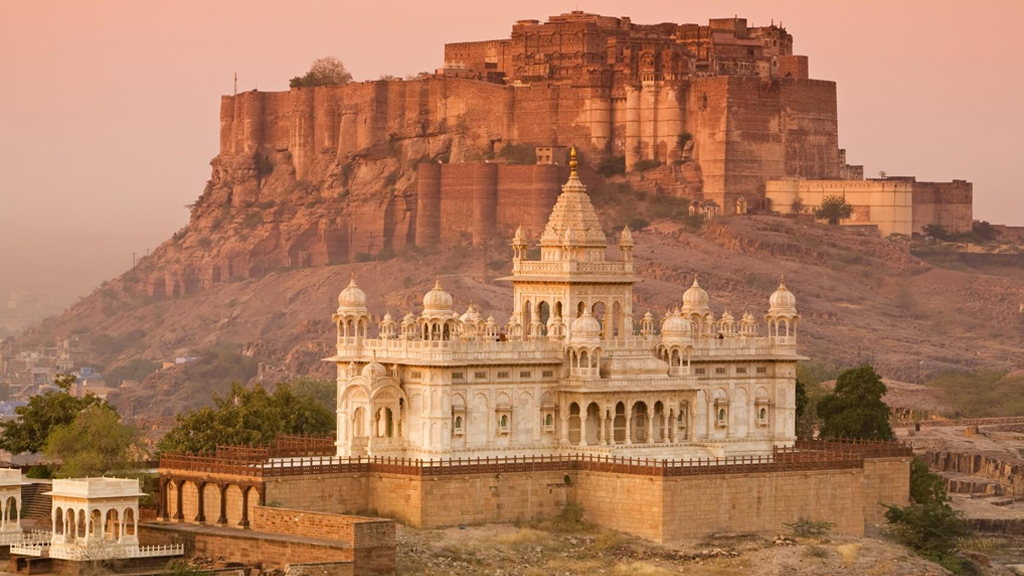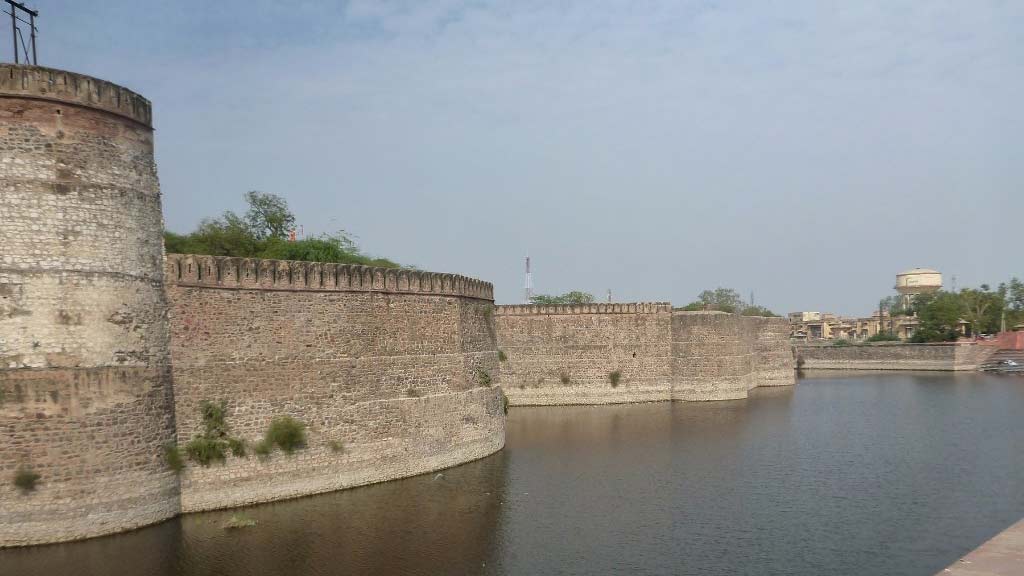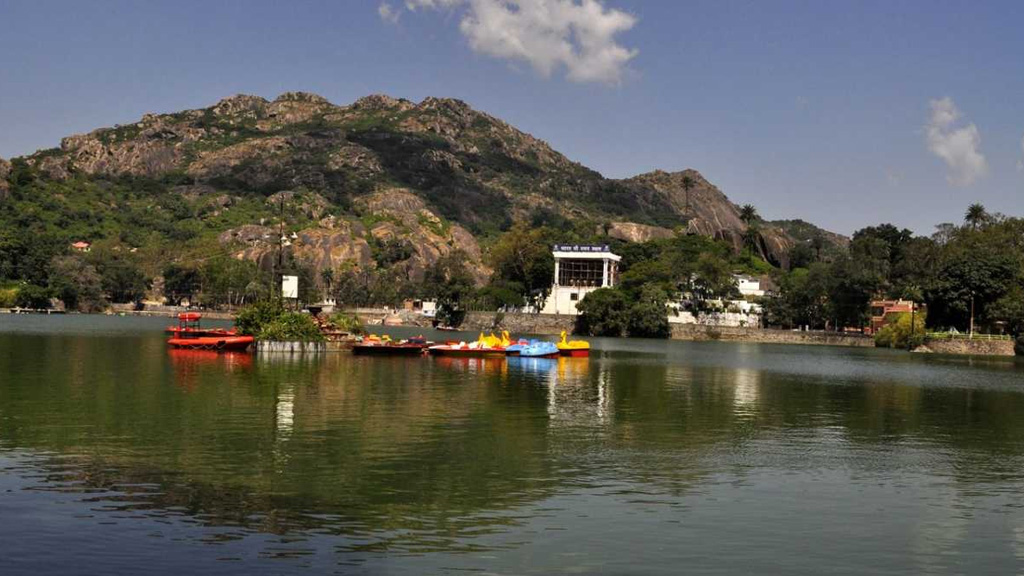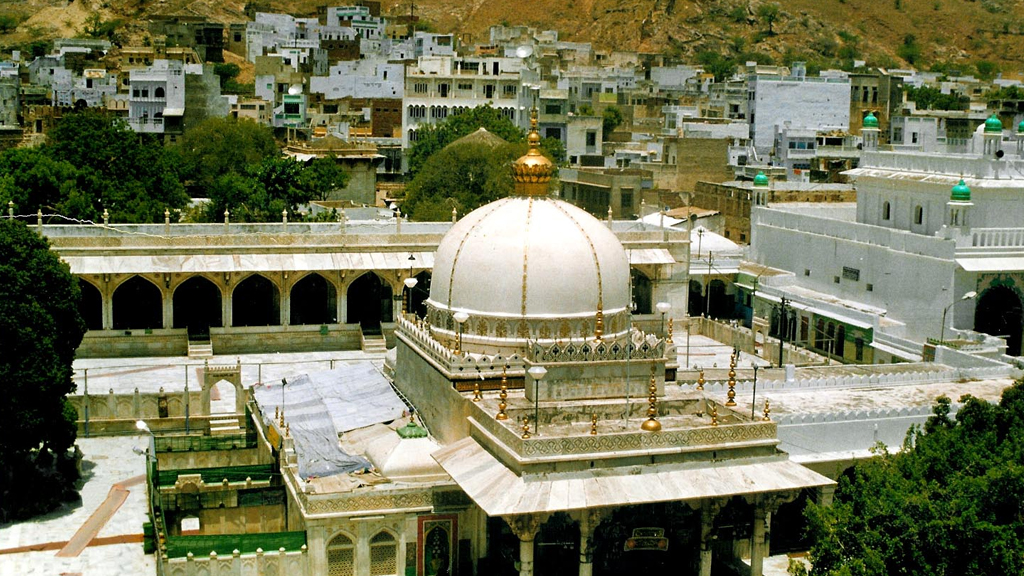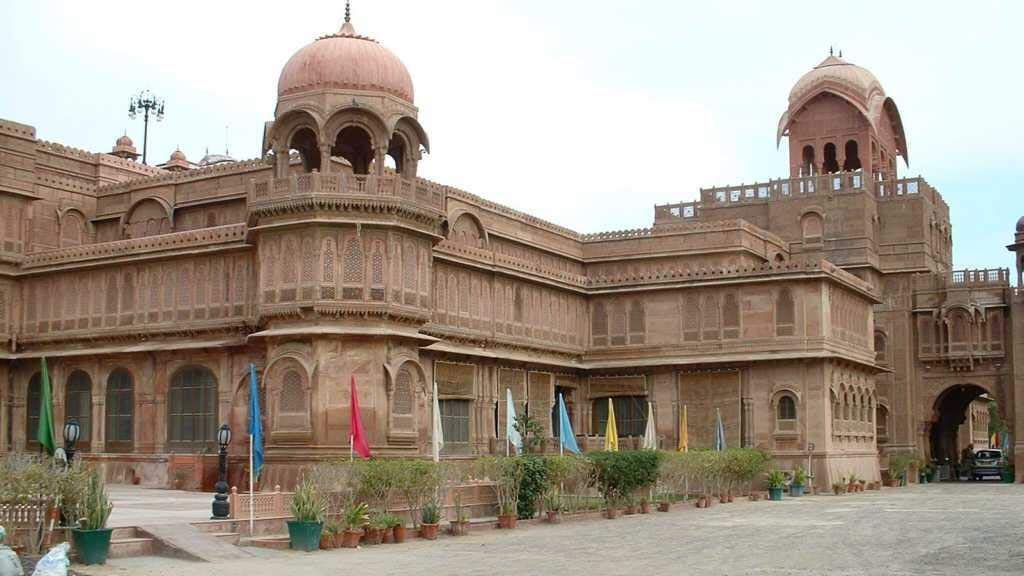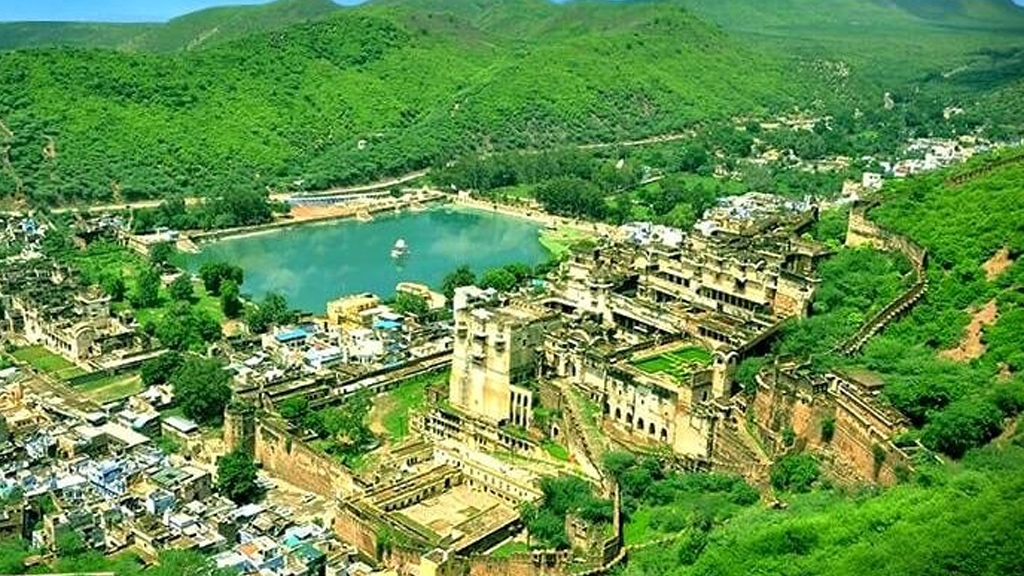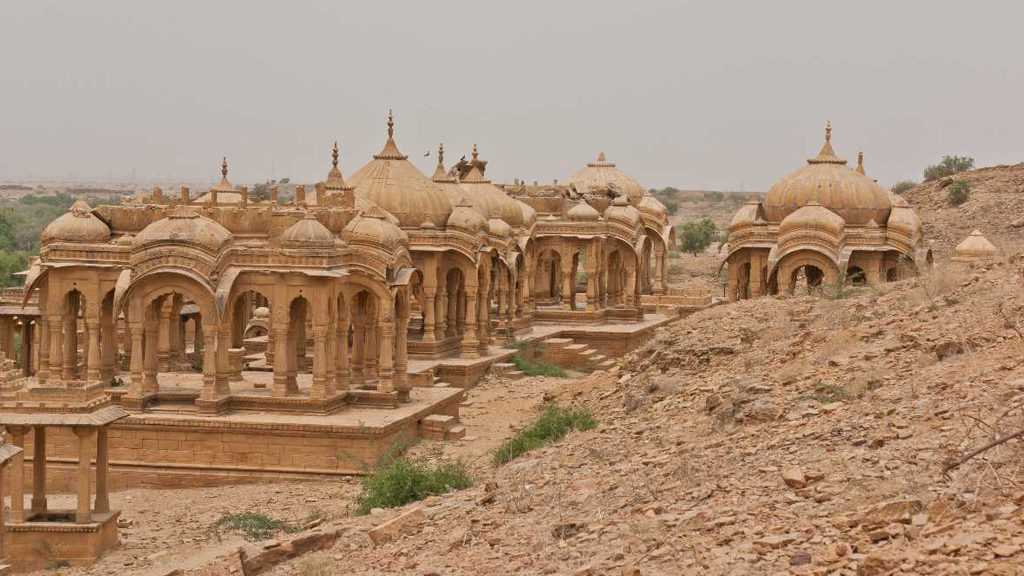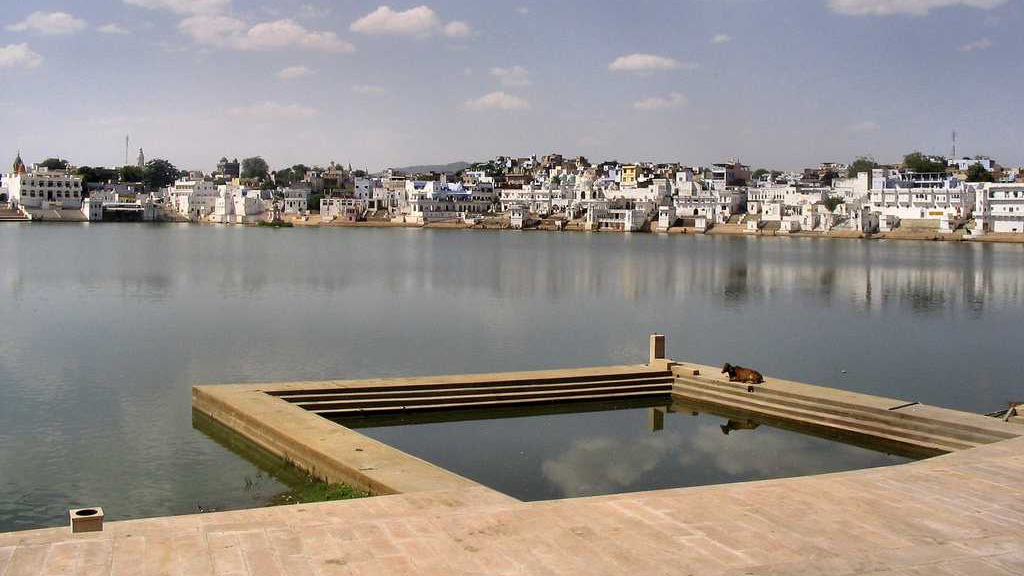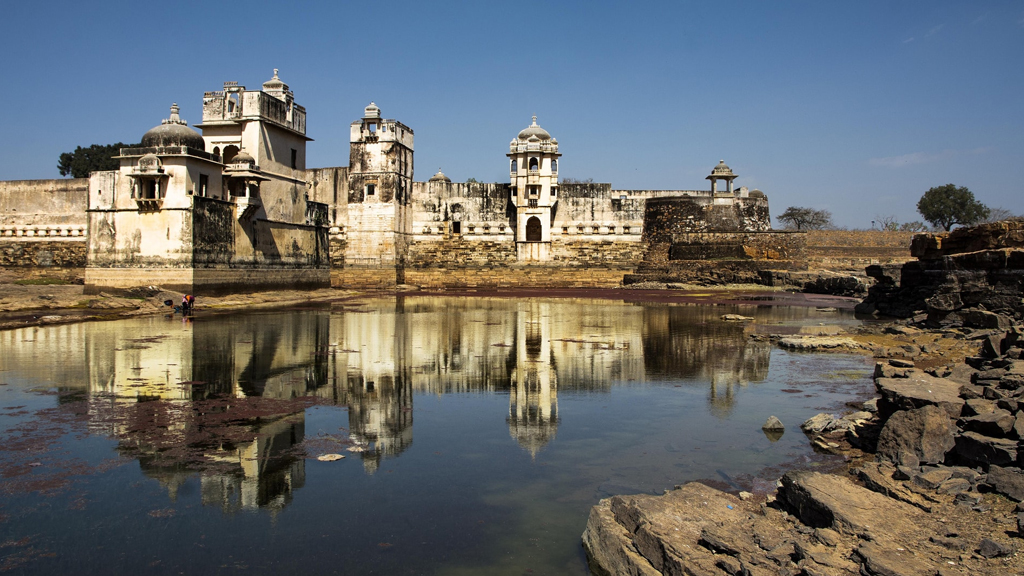Best Time To Visit Jaipur
Jaipur, the glittering point of the Golden Triangle itinerary, is a heady mix of old and new. Travellers descending on the Pink City for the first time will be taken in by the colourful, chaotic order of the streets. Swanky malls and age-old street bazaars, air-conditioned luxury buses swerving to avoid lanky camels, turban-clad, moustachioed locals shoulder to shoulder with foreign tourists… Jaipur is a mix of rich history and rampant modernity, yet its life force is steeped in the past led by the enigmatic Amber Fort.
The capital of Rajasthan has its origins in the 1700s. Jai Singh II, the prodigious maharaja who came to the throne at the tender age of 11, envisioned an aesthetic city worthy of his Rajputana lineage. Today, the Old City (northeast of present day Jaipur) is where most of the attractions lie. The best time to visit Jaipur is during the winter months. That’s when the climate is pleasurable, but post-monsoon and spring are also good times to explore the cultural heritage of enigmatic Jaipur.
1Winter in Jaipur (October to March)
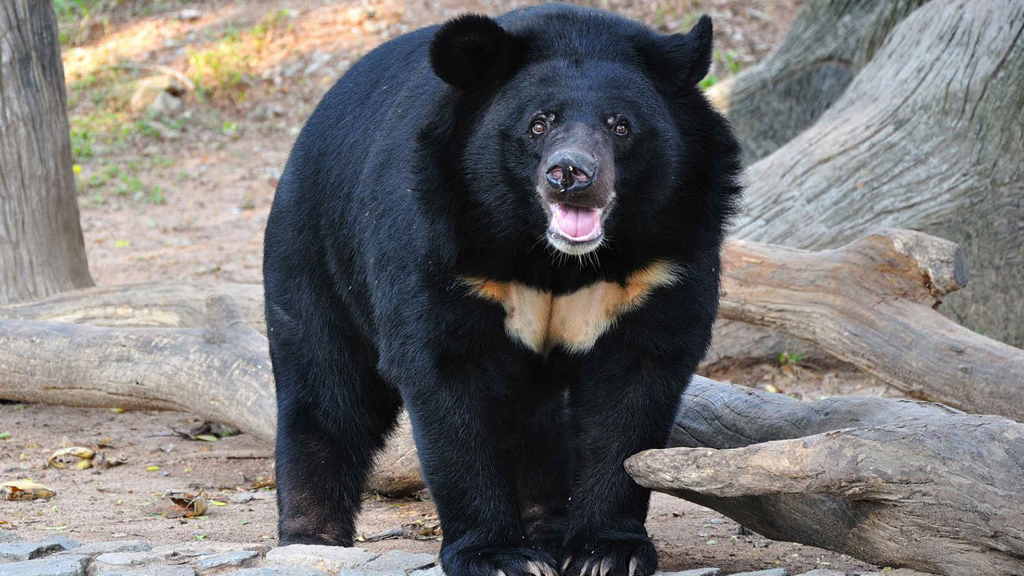
Travellers start trickling into Jaipur October onwards, when the monsoon showers have receded, and the daytime temperature is fairly pleasant. The lush post-monsoon vegetation is in full swing and a visit to Nahargarh Biological Park, 12kms from Jaipur, is a must for birdwatchers. The park is home to over 250 species of avian creatures! The mean Jaipur temperature hovers around 27°C, and at night can fall to around 19°C.
The tourist footfall picks up in November when the days are pleasantly warm and the nights cooler than usual. Also, the festival of Diwali (Oct or Nov), takes place around this time and November is a great time to witness a true cultural spectacle in Jaipur. Keep in mind, Diwali does witness an increase in hotel prices. The average temperature is a rollicking 21°C.
December is peak travel season and Jaipur is chock-a-block with tourists thanks to the drop in humidity and marvellous daytime weather. Carry a coat because the evenings and nights do get chilly. Exploring Amber Fort, Jantar Mantar, City Palace, Albert Hall Museum, and the other major attractions is a breeze because the mean temperature is a pleasant 16°C. December is easily the best time to visit Jaipur for the weather-conscious traveller. The sun is in a good mood, making walking and bicycling tours a joyful experience.
Jaipur in January is popular because of the age-old Makar Sankranti, the annual Kite Festival that draws travellers from all around the country and the world. The touristy crowd is not as intimidating as it is in December and exploring the city is slightly easier in January. The temperature fluctuates between 7°C (at night) and 22°C during the day.
February travellers in Jaipur can witness the annual Elephant Festival and, more importantly, the festival of Holi. The mean temperature is a pleasant 18°C, and as the myriad colours of Holi fill the Jaipur air, you’re bound to have a memorable trip.
March signals the end of the main tourist season in Jaipur. As the heat begins to make its presence felt, you need to plan your day excursions as early as possible since the average temperature hovers around the 23°C mark.
2Summer in Jaipur (April to June)
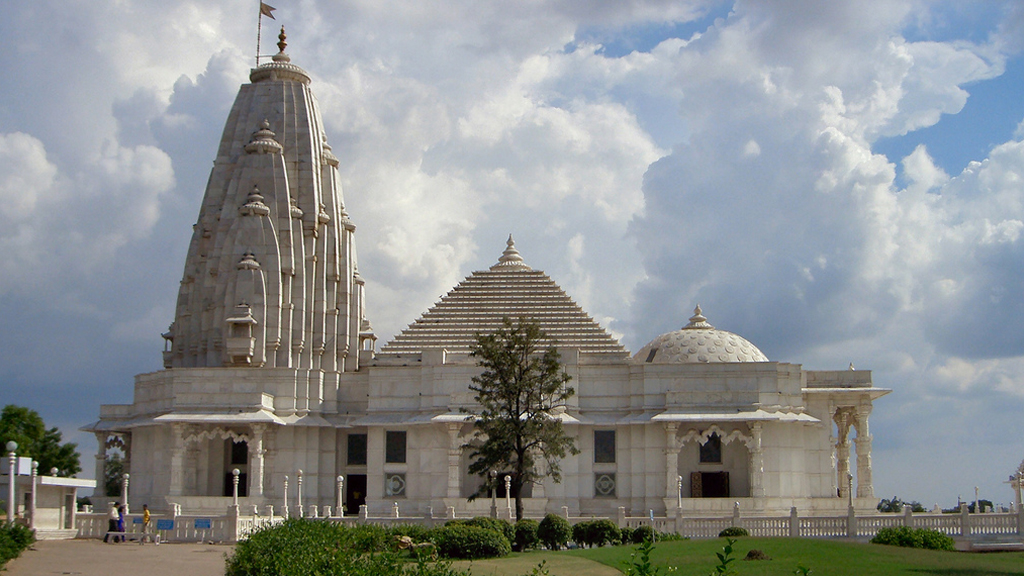
The summers is not the best time to visit Jaipur since the day time temperatures of 30°C or more is quite taxing. If you do find yourself in the Pink City between April and June, you need to follow the locals. Early morning and late evening excursions and shopping trips are the best way to beat the heat. Keep in mind, even the nights are hot and humid in Jaipur during the summers.
3Monsoon in Jaipur (July to September)
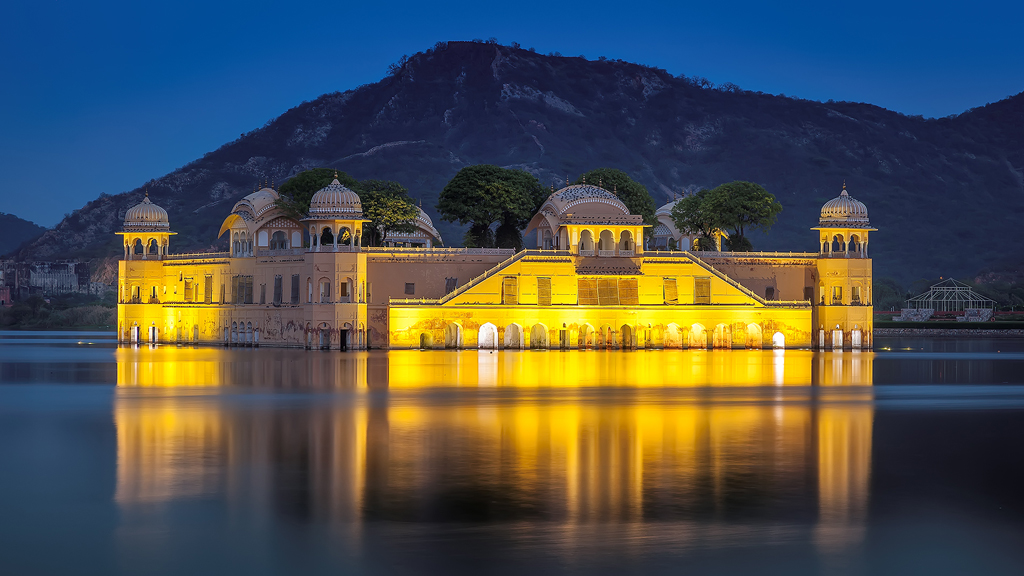
Budget-conscious travellers land up in Jaipur during the monsoon months because of the dip in accommodation rates. But that’s not the only reason. The fauna of Jaipur’s parks and gardens are a nature lover’s delight and you should visit Jal Mahal, Sisodia Rani Palace Garden, and Central Park for the surrounding natural beauty. Even the Aravalli Hills comes to life with patches of brilliant green.
The arrival of the monsoon is celebrated with a lot of fanfare during the August festival of Teej all through Rajasthan, and especially in Jaipur. The three-day festival is devoted to the marriage of Parvati and Shiva. Thunderstorms and bursts of rainfall lower the daytime temperatures, though the nights can turn muggy.
Jaipur is best explored between the winter months of October and March. If you’re looking to save a few bucks and witness Rajasthan in a different light, the monsoon months of July, August and September are best. No matter when you decide to land up, the magic of Jaipur is bound to cast a spell on you.

